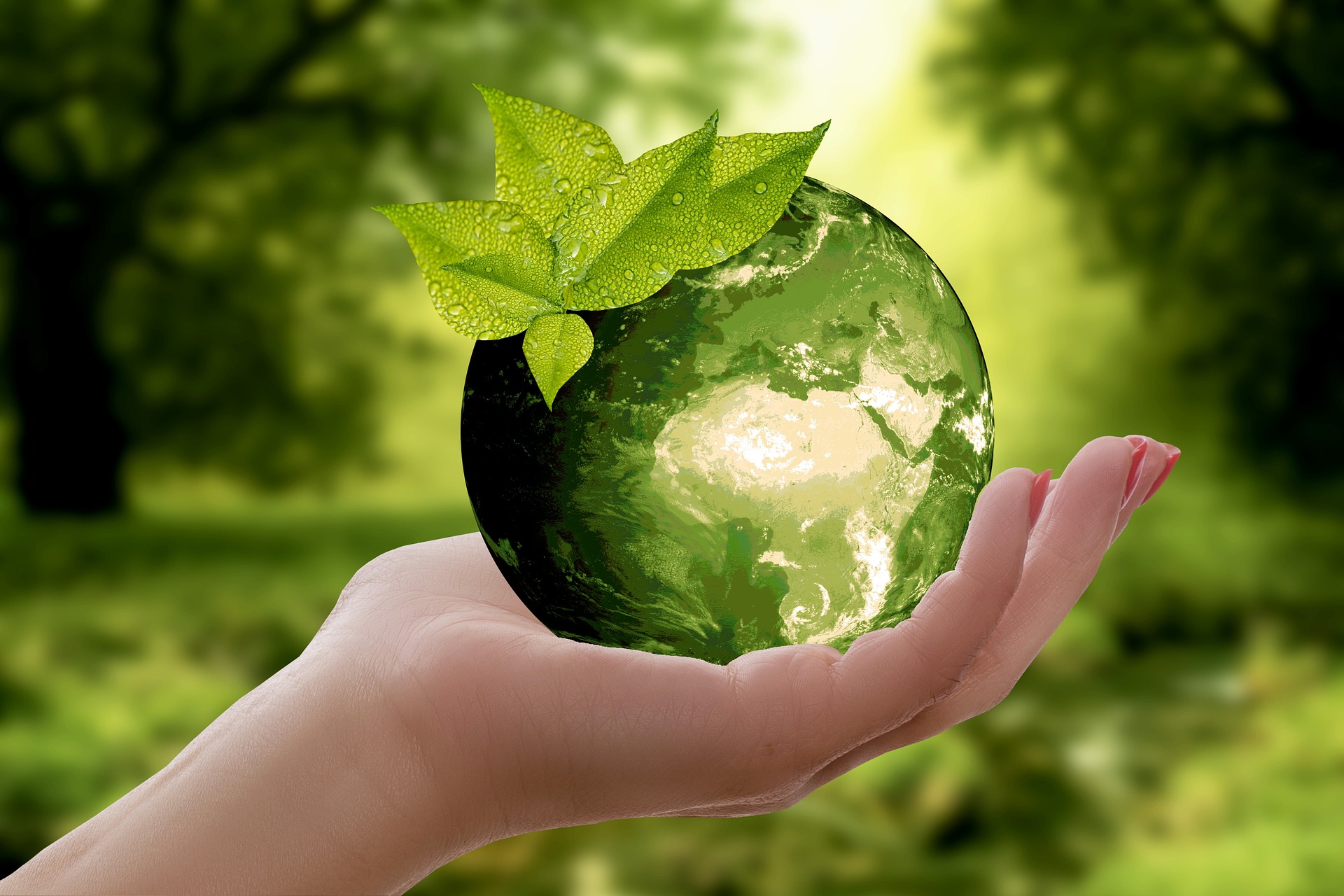29 Aug Connectivity as an Ally for Sustainable Development!
Connectivity as an Ally for Sustainable Development!

Sustainability and technological development. In both concepts we find two of the great goals of today’s society. On the one hand, the international landscape is rough in terms of the need to meet the SDGs (Sustainable Development Goals) that are part of Agenda 2030.
On the other hand, both individuals are increasingly engaged in the path to connectivity as part of their daily lives, incorporating digital solutions that increase the convenience and efficiency of processes. But there is another circumstance, and that is that connectivity is itself a suitable tool for achieving the SDGs, contributing directly to the achievement of these goals. Let’s see how.
Increased productivity with less environmental impact
Rentability and sustainability are much less incompatible, as long as we know how to take advantage of the tools that new technologies put at our disposal.
Transforming production processes and investing in infrastructure modernization will increase product and service quality and producer efficiency while significantly reducing environmental impact. Here are some examples:
- The implementation of edge computing (a firm substitute for the centralized cloud model) increases enterprise performance by reducing not only economic costs, but also CO2 emissions.
- The rise of 5G networks can contribute to lower energy consumption, directly intervening in measures such as saving water and light, reducing waste and reducing energy by up to 90%.
- The IoT (Internet of Things) enables optimization of energy management by providing environmentally beneficial solutions while increasing the potential, competitiveness and productivity of companies.
It can be assured, then, that investment in connectivity can become a powerful engine that contributes to achieving the ninth of the 17 Sustainable Development Goals: Building resilient infrastructure, promoting sustainable industrialization and fostering innovation
Equality and reduction of the digital divide
One of the key aspects of sustainable development refers to equal opportunities for the population. This key concept is addressed from different points of view in the SDGs. Among them are:
- End poverty in all its forms worldwide.
- Ensure inclusive, equitable and quality education for all.
- Promote sustained, inclusive and sustainable economic growth, full and productive employment and decent work for all
Achieving an interconnected world through the optimization of systems and processes is a source of solutions to social and economic inequalities. Big data, the disappearance of borders and distances through mobile devices of the latest generation, artificial intelligence applied to health care, access to training and employment from anywhere in the world… It is a fundamental part of the strategy for achieving the well-being of the entire population that digitization is to be pursued in all territories.
Data at the service of the planet
The link between connectivity and environmental awareness is not limited to sustainable productivity or energy saving. It also directly affects the development of increasingly sophisticated models to gather information and develop highly efficient tools to stop and even reverse the worrying trend of our planet in recent decades.
Data is a powerful ally for transforming environmental, flora and fauna care-focused SDGs 13 into achievements:
- Take urgent action to combat climate change and its effects.
- Conservation and sustainable use of oceans, seas and marine resources for sustainable development.
- Sustainable management of forests, combating desertification, reversing land degradation and stopping biodiversity loss.
Advances in data collection and analysis systems provide valuable insights for assessing the current situation, forecasting the future and designing rigorous information-based solutions.
Efficient connectivity will facilitate the implementation of advanced systems that enable the planet to take care of and address the urgency it currently needs. Through the IoT, actions are being launched, ranging from tracking endangered species to monitoring natural disasters, through the control of spills into rivers and seas.
In short, it is enough to review the Sustainable Development Goals included in Agenda 2030 to see how connectivity can contribute to addressing the great challenge of today’s society: a more equitable, fair and healthy world for all.
Sorry, the comment form is closed at this time.